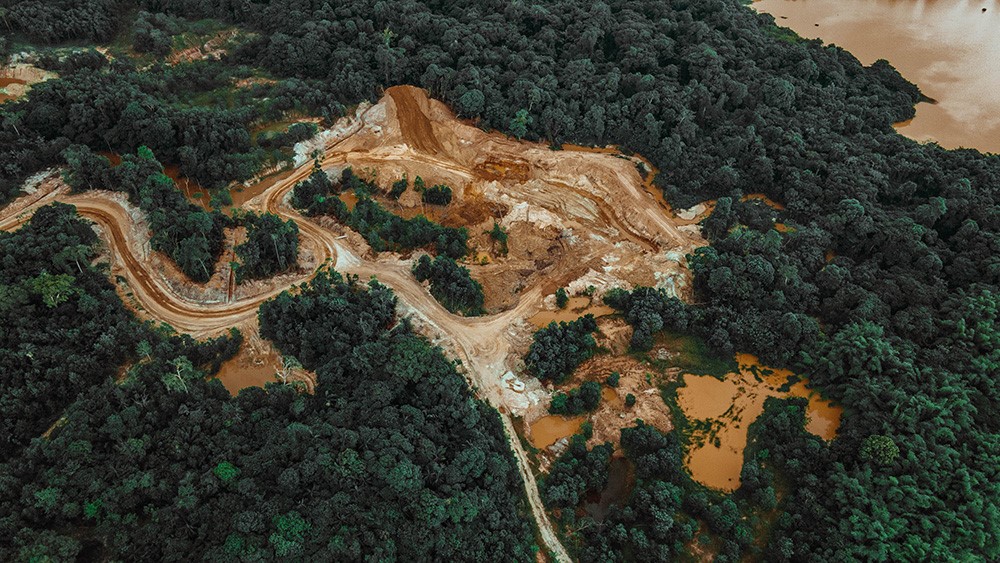How do we get to where we want to be?
We work with stakeholders throughout supply chains for a range of commodities, and have identified five actions that can help companies reduce and address deforestation:
- The first step is to align the company’s commitments with a high-quality framework for reducing deforestation in supply chains such as the ones designed by the Accountability Framework initiative (AFi), or the Science-Based Targets initiative (SBTi). Key elements include making sure commitments are to zero deforestation, not “no net” deforestation and putting in place cut-off dates for as soon as possible, to avoid the risk of more deforestation occurring.
- Prioritise – start with the commodities identified in the organisation’s supply chain that are of the highest risk with respect to deforestation, and expand commitments to lower risk, high impact commodities in the future.
- Strengthening and/or developing relationships with supply chain partners. This may mean supporting downstream suppliers or aggregators with training or technical support, enabling them to track where commodities originate and how they were produced. It may also mean facilitating access to technical and financial resources for farmers in the supply chain so they can implement and maintain agricultural practices that reduce deforestation.
- Investing in supply chain traceability, monitoring and verification systems. These systems will provide the data to both make change and legitimise a company’s zero deforestation claims.
- Finally, the importance of collaboration cannot be overstated. No single organisation can address deforestation alone. Addressing the drivers of deforestation in a landscape may require companies to collaborate and partner with governments, NGOs, community groups, and other companies, as well as cross-commodity collaboration.
Fully realising deforestation-free supply chains will require investments in technology, new and potentially unlikely collaborations. It will require providing farmers and other supply chain actors with the resources needed to implement and track deforestation free commodities, and new reporting approaches and initiatives. Traceability systems that help companies better understand the scope and content of their supply chains can help to identify risks, including human rights abuses and deforestation. Transparent reporting is an essential way companies can ensure they track progress on their commitments. Traditional forms of supplier engagement such as site visits and surveys are also part of deepening relationships and commitments with supply chain actors to identify and advance solutions towards common goals.
With these elements in place, eliminating deforestation from supply chains is achievable. Although it is difficult and complex work, it is possible and can be done with existing technology, collaborations across landscapes and supply chains, incentives for downstream actors, and ambition to deliver on current commitments. Protecting the life-sustaining biodiversity of healthy forests benefits the climate, nature, local communities and ultimately, long-term business value for companies themselves.
